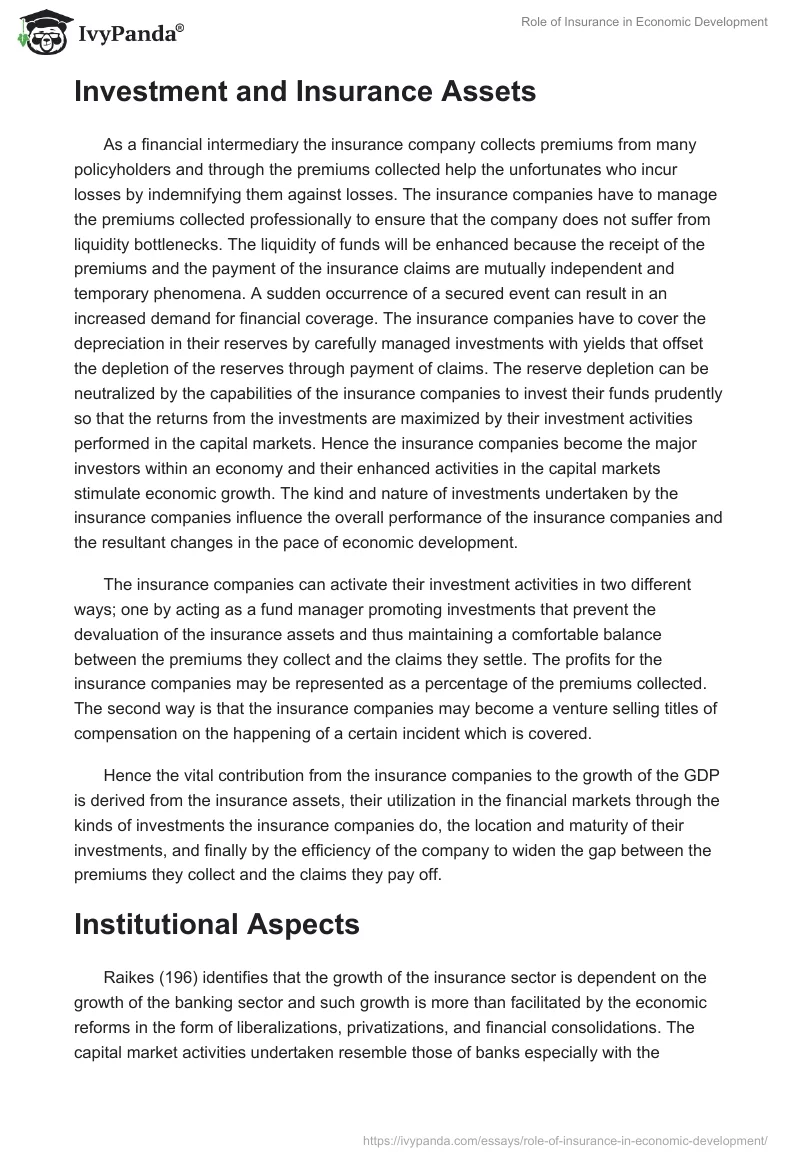See This Report on Pacific Prime
Table of ContentsEverything about Pacific PrimeThe Pacific Prime PDFsThe Basic Principles Of Pacific Prime Pacific Prime for BeginnersWhat Does Pacific Prime Mean?

This is due to the fact that the data were gathered for a duration of strong financial efficiency. Of the estimated 42 million people who were without insurance, all but about 420,000 (concerning 1 percent) were under 65 years old, the age at which most Americans end up being qualified for Medicare; 32 million were adults in between ages 18 and 65, about 19 percent of all adults in this age team; and 10 million were children under 18 years of age, concerning 13.9 percent of all children (Mills, 2000).
These quotes of the variety of individuals uninsured are produced from the yearly March Supplement to the Current Population Study (CPS), conducted by the Demographics Bureau. Unless or else noted, national quotes of individuals without medical insurance and percentages of the populace with different kinds of protection are based upon the CPS, one of the most extensively used source of quotes of insurance protection and uninsurance prices.
The Definitive Guide to Pacific Prime

Still, the CPS is particularly helpful because it produces annual estimates reasonably promptly, reporting the previous year's insurance policy coverage estimates each September, and due to the fact that it is the basis for a regular collection of estimates for more than two decades, permitting analysis of trends in coverage over time. For these factors, in addition to the comprehensive use of the CPS in various other research studies of insurance protection that exist in this report, we depend on CPS price quotes, with restrictions noted.

The price quote of the number of uninsured individuals broadens when a population's insurance policy condition is tracked for numerous years. Over a three-year period starting early in 1993, 72 million people, 29 percent of the U.S. https://www.easel.ly/browserEasel/14457146. populace, lacked protection for a minimum of one month. Within a solitary year (1994 ), 53 million individuals experienced at the very least a month without coverage (Bennefield, 1998a)
6 out of every ten without insurance grownups are themselves employed. Although functioning does enhance the possibility that one and one's member of the family will certainly have insurance coverage, it is not a guarantee. Also members of family members with two permanent wage earners have virtually a one-in-ten possibility of being without insurance (9.1 percent uninsured price) (Hoffman and Pohl, 2000).
A Biased View of Pacific Prime
New immigrants account for a significant proportion of people without medical insurance. One evaluation has actually attributed a considerable part of the recent growth in the dimension of the united state uninsured populace to immigrants that got here in the country between 1994 and 1998 (Camarota and Edwards, 2000). Recent immigrants (those who pertained to the USA within the past four years) do have a high rate of being uninsured (46 percent), however they and their youngsters make up simply 6 percent of those without insurance country wide (Holahan et al., 2001).
The connection in between medical insurance and accessibility to care is well developed, as recorded later in this chapter. Although the relationship in between health insurance and health outcomes is neither direct nor easy, a substantial professional and wellness solutions study literary works links health and wellness insurance policy protection to enhanced access to care, much better high quality, and enhanced personal and population health status.
Degrees of analysis for checking out the impacts of uninsurance. It concentrates particularly on those without any kind of health and wellness insurance policy for any size of time.
Some Known Facts About Pacific Prime.
The troubles encountered by the underinsured are in some areas comparable to those dealt with by the uninsured, although they are generally much less serious. Health and wellness insurance, however, is neither necessary useful reference nor sufficient to obtain accessibility to medical solutions. The independent and direct effect of health and wellness insurance protection on access to health solutions is well developed.
Others will get the wellness care they require also without medical insurance, by spending for it out of pocket or seeking it from carriers who supply care free or at very subsidized rates. For still others, wellness insurance coverage alone does not make certain receipt of treatment due to various other nonfinancial barriers, such as an absence of healthcare service providers in their area, limited accessibility to transportation, illiteracy, or linguistic and social differences.
An Unbiased View of Pacific Prime
Formal research study concerning uninsured populations in the United States dates to the late 1920s and early 1930s when the Committee on the Expense of Treatment generated a collection of reports about financing doctor office sees and hospital stays. This issue ended up being significant as the varieties of clinically indigent climbed up during the Great Depression.